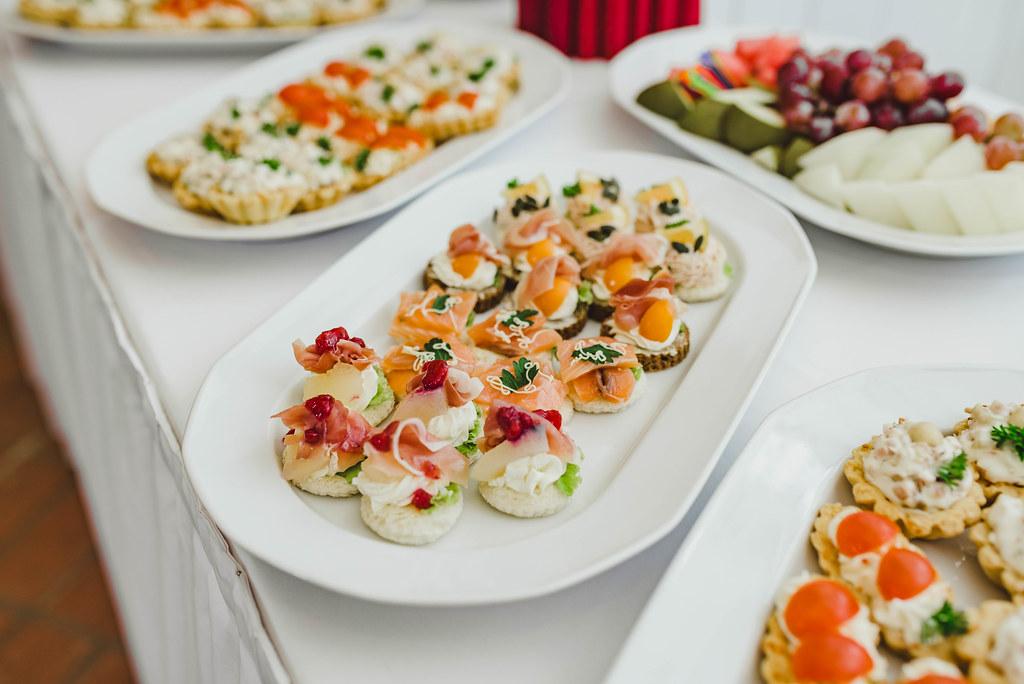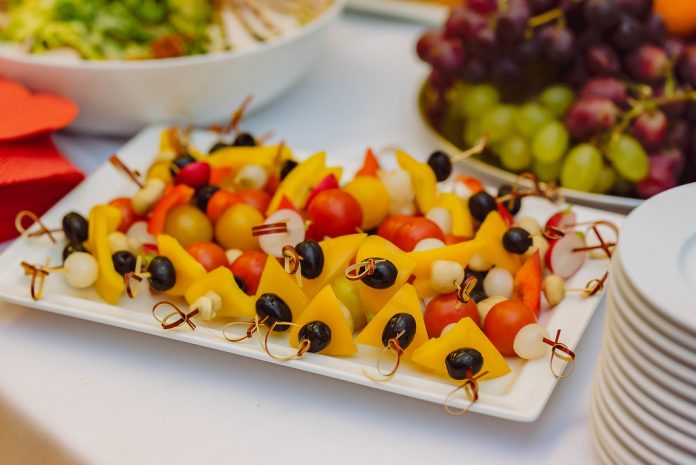Appetizers Classification
Appetizers are generally finger foods usually served prior to a meal, or in between mealtimes, and are also called hoes oeuvres, antipasti, or starters, and may range from the very simple to the very complex, depending on the occasion and the time devoted to making them. They’re a common accompaniment to aperitifs, cocktails served prior to a meal.
At dinners, banquets and the like, appetizers may be served prior to a meal. This is especially common at weddings, when it takes time for the wedding party and guests to get to a reception after the marriage has taken place. Appetizers may be served at long parties that occur after a regular meal time. A mid-afternoon party where there is no intent to serve dinner, or an evening party that occurs after dinner may feature appetizers so that guests can have the opportunity to snack. . Many restaurants feature a range of appetizers that are ordered just prior to a meal as a first course.
Salads:
Salads are of two types:-
- Plain salads:
- Cucumber salad
- Tomato salad
- Beetroot salad
- Compound Salad:
- Salad Russe: Dices of mixed vegetables in mayonnaise.
- Salad Waldref: Dices of apple, celery, and walnut, bounded with mayonnaise.
- Caesar Salad: Lettuce with vinaigrette dressing along with garlic, croutons, and grated parmesan cheese.
Characteristics of Appetizers:
Appetizers should be big on flavor,small on size and price.
Classification of Appetizers:

- COCKTAILS–consist of several bite-sized pieces of fish, shellfish, drinks and fruits served with tangy flavoured sauce. They must be fresh in appearance and arranged attractively to have an eye appeal. Various cocktails are-Juices of orange, pineapple, grapefruit or tomato served with cold salad dressings.
- HORS D’ OEUVRES -are small portions of highly seasoned foods formerly used to precede a meal served either hot or cold. Simplicity should be the main criteria for making the hors d oeuvres. Although most hors d oeuvres are served cold, there are also hot ones.
- CANAPE– a bite-sized or two bite-sized finger food consisting of three parts: a base, a spread or topping and garnish or garniture. They are savoury titbits of food. They could be served hot or cold. The items should be dainty, petite, fresh, having an eye appeal and colour contrasts. There are no set recipes for the making canapes. Individual or a combination of several different coloured items are used on the small fancifully cut pieces of bread, toasted or fried, and biscuits etc. The larger canapes are termed as ZAKUSKIS after the Chef Zakuski.
- RELISHES/CRUDITES– they are a pickled item and raw, crisp vegetables such as julienned carrots or celery sticks. relishes are generally placed before the guest in a slightly, deep, boat shape dish.
- PETITE SALAD– they are small portions and they are usually displaying the characteristics found in the most salad.
- SOUPS AND CONSOMMES– are included in the appetizer category because they are served in this course more than ever before.
- CHIPS AND DIPS– savoury dips are popular accompaniments to potato chips, crackers, and raw vegetables. proper consistency is important for many dips you prepare. it must not be so thick that it cannot be scooped up without breaking the chip or crackers, but it must be thick enough to stick to the items used as dippers.
Some of the classical appetizers are the following:-
- Caviare: The roe of sturgeon fish served with its own accompaniments.
- Escargots: Snails served with toasted white bread and garlic butter.
- Shellfish cocktail: Prawns on a bed of shredded lettuce and coated in mayonnaise.
- Huitres: Oysters served with its own accompaniments.
- Smoked salmon: Smoked fish served along with brown bread and lemon segments.
- Jus de tomate: Tomato served with salt and Worcestershire sauce.
Also check :- BSC FOOD PRODUCTION SEM 5 Notes

